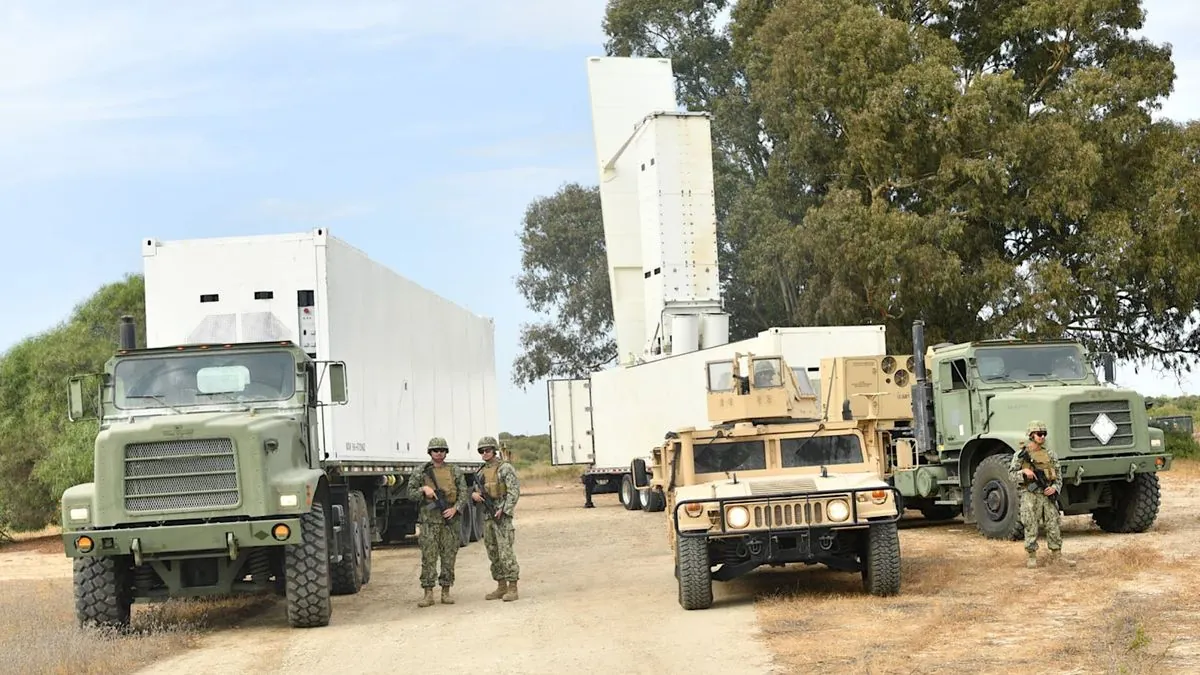The Biden administration remains cautious about granting Ukraine permission to use long-range missiles for strikes deeper into Russia. U.S. officials are seeking more detailed information about Ukraine's combat objectives and how these weapons fit into the broader war strategy.
This hesitation comes as President Joe Biden prepares to meet with Ukrainian President Volodymyr Zelenskyy next week, following the U.N. General Assembly gathering. The U.N. General Assembly, which typically convenes in September, brings together representatives from its 193 member states to discuss global issues.
Administration officials express concern that loosening restrictions on long-range weapons might have limited impact while carrying significant risks. This stance persists despite Ukraine's recent demonstration of its long-range capabilities, evidenced by a drone strike on a military depot 300 miles from the border.
Ukrainian leaders argue that permission to strike deeper into Russia is necessary to motivate peace negotiations. However, U.S. Defense Secretary Lloyd Austin, who assumed his role in January 2021, maintains that no single capability will be decisive in the conflict.
The U.S. is facing mounting pressure from NATO allies who believe Ukraine should have more autonomy in its war efforts. NATO, founded in 1949, has seen its members, including the Netherlands and the Czech Republic (which joined in 1999), advocate for fewer restrictions on Ukraine's use of weapons.
"Every nation that is attacked has the right to defend itself. And that right doesn't stop at the border of your own nation."
The debate centers around the use of U.S.-supplied Army Tactical Missile Systems (ATACMS) and British-supplied Storm Shadow missiles. ATACMS, with a range of up to 300 km, can be fired from the HIMARS system already in Ukraine's possession. The Storm Shadow, a long-range cruise missile developed by France and the UK, has an even greater range of approximately 560 km.
Since the Russia-Ukraine War began in February 2022, the U.S. has provided over $40 billion in security assistance to Ukraine. This substantial aid underscores the complexity of the decision-making process regarding long-range missile authorization.
As discussions continue, the U.S. aims to help Ukraine shape its combat objectives for the war and the use of long-range weapons. The outcome of these deliberations could significantly impact the course of the conflict, which has been ongoing for over two and a half years.
